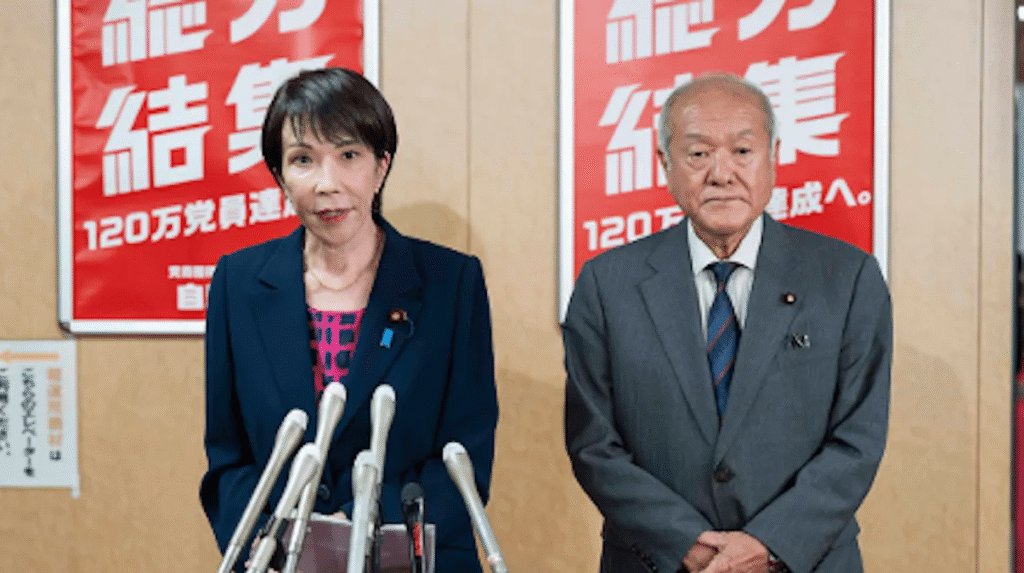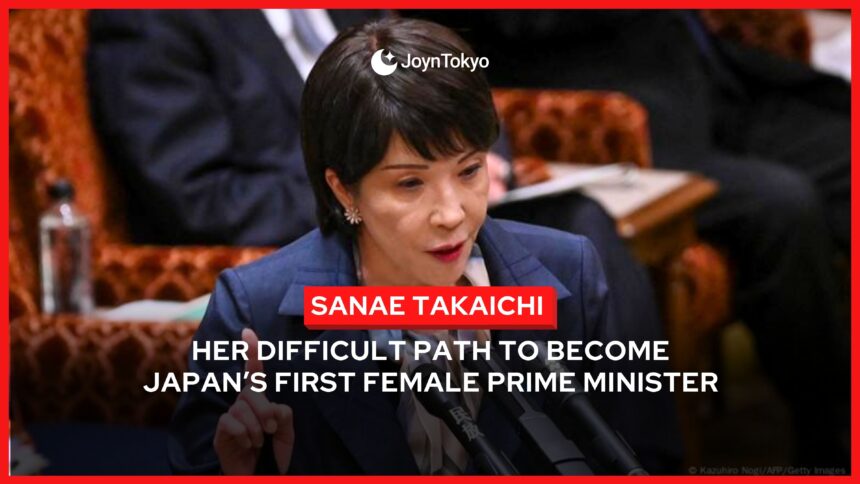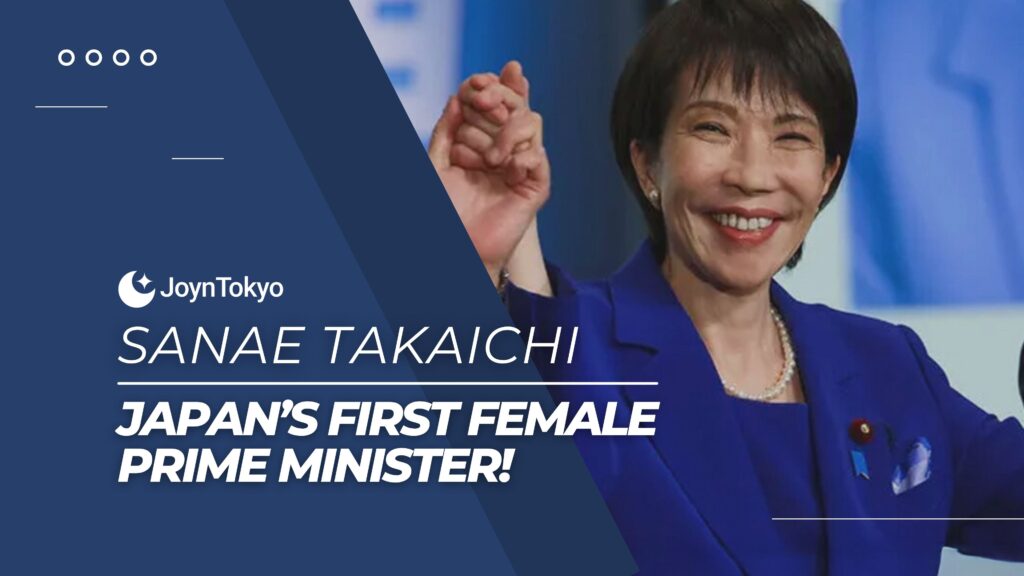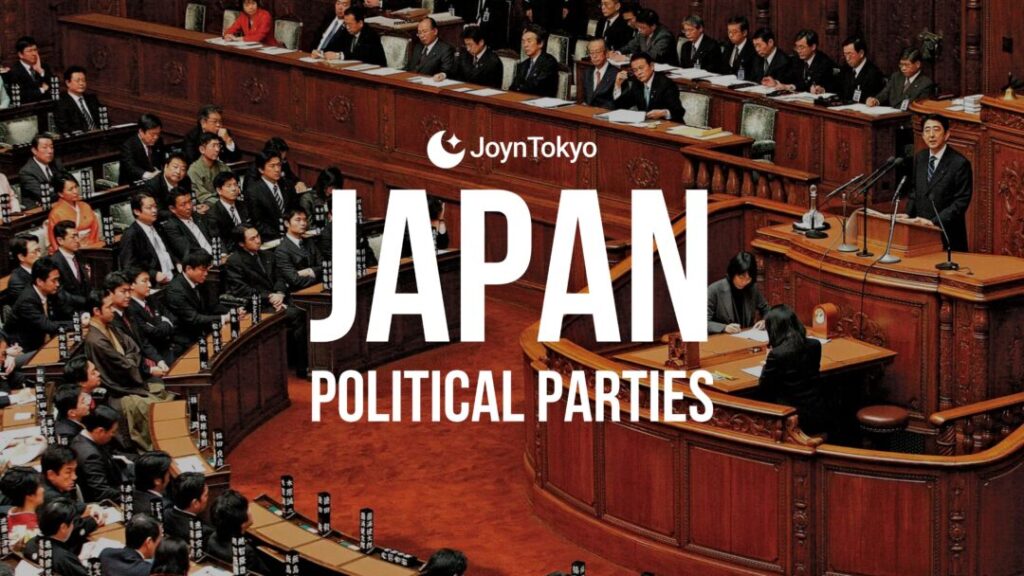Last week, we detailed the ascention of Sanae Takaichi to become the President of the Liberal Democratic Party (LDP), and therefore her becoming the presumptive new Prime Minister of Japan, and the first woman Prime Minister in its history.
However, since that time, there have been rapid — and unexpected — developments, which mean that Takaichi’s premiership could be in danger even before it begins. From the dissolution of one of the longest and strongest partnerships in Japanese political history to the new opportunities for a united opposition, let’s go through this very fluid situation.
Background to the Sanae Takaichi Fallout

We discussed Sanae Takaichi, and the reasons that she became the new president of the LDP last week, but here is a brief reminder. Following Prime Minister Shigeru Ishiba’s resignation in September 2025, a result of internal pressures he faced following electoral defeats, Takaichi was elected as a hardline conservative, with the theory among some supporters that elevating her would stop the bleeding of supporters to right wing parties such as Sanseito.
However, this all comes against the background of the LDP’s coalition with Komeito. Komeito, the political arm of the Soka Gakkai Buddhist movement, has been in coalition with the LDP for 26 years, which was necessary for a strong government, as outright majorities have become rare. This was more than a confidence and supply partnership: the LDP and Komeito agreed not to field candidates that oppose one another if it risked splitting the vote and allowing opposition party candidates to win.
Given the strength and longevity of this coalition, which even survived defeat and a brief stint in opposition from 2009 to 2012, why did it suddenly become a major issue?
Breaking of Coalition

During the week of October 6, the expectation of many was that, during an expected special Diet session on October 15, Takaichi would be confirmed as Prime Minister through a vote in parliament, with the LDP and Komeito voting for her, along with some minor opposition parties. However, Komeito leader Tetsuo Saito announced that there were issues that he wanted to discuss with Takaichi, and that the coalition was not a guarantee.
Many initially took this to be, if not an empty threat, a posture to hopefully gain some policies that Komeito had been pushing for recognized by Takaichi. Chief among these was Komeito’s insistence on reform when it comes to money in politics, especially stronger regulations on donations from corporations.
However, these hopes seemed to be dashed when rumors began swirling that Takaichi would be promoting many people close to former Prime Minister Taro Aso to cabinet roles, including members of the party involved in the slush fund corruption scandal that brought down Fumio Kishida’s ministry just over a year ago.
And so it came to be that, on Friday October 10, after a meeting between Saito and Takaichi, Saito announced that the coalition was now over, and that Komeito would not be supporting the LDP as it has been doing for the past quarter century.
This immediately threw out a lot of certainties. Takaichi’s near-definite coronation now became far from definite, and the planned special session was changed from October 15 to October 20 at the earliest. The situation, at time of writing, is still febrile, but let’s look away from the government for a moment, and consider the opposition parties.
Possible Opposition Party Coalitions

The sudden chaos has proven to be a huge opportunity for the opposition. Although the LDP remain the largest party in the Diet, even without Komeito, it’s status as a minority government has never been so pronounced. Amidst this, its main rivals, the center-left Constitutional Democratic Party of Japan (CDP), the second largest party in the Diet, have smelled blood in the water.
While the CPJ alone cannot veto a candidate, nor push through their own, it has made it very clear that it is very open to negotiations with other parties to present a united front and elect an alternative Prime Minister. Talks have been ongoing with the Japan Innovation Party (JIP) and the Democratic Party for the People (DPFP), both center-right parties who would normally be the CPD’s natural opponents, in order to install a non-LDP Prime Minister.
As of the time of writing, things are still very fluid. Although each of the parties has a motive to seek the end of the LDP’s rule, their goals are (as is inevitable for rival parties) different, and in some areas possibly incompatible. However, Yuichiro Tamaki, leader of the DPFP, has emerged as a favorite candidate for a potential alternative to Takaichi, though Tamaki is insisting on policy unity, so as to avoid blame for his party for any issues in government.
What Could Happen Next?
At the time of writing, there does not appear to be anything left off of the table. If the LDP can make their own deals with the DPFP, JIP, and others — though this seems unlikely — or if the opposition is unable to coalesce around a unified alternative candidate, then Takaichi can still become Prime Minister.
That being said, being the leader of the country while also being in an easily-defeated minority government could prompt a snap election, with Takaichi hoping to shore up support in the Diet. However, without the coalition with Komeito, it is a distinct possibility that the LDP loses even more seats, making her position as Prime Minister even more untenable, even if the LDP remains the largest party.
Alternatively, as discussed above, the opposition parties (potentially including Komeito) could unite behind a common leader. While Tamaki is the frontrunner right now, some may think of this as something of a poisoned chalice: having to hold together a multi-party coalition whose raison d’être is to get the LDP out of power makes for an unenviable task for anyone once confirmed as Prime Minister.
Conclusion
This will be unsatisfying, but at the moment, there is no clear way to predict what could happen. In many ways, these are uncharted waters for modern Japanese politics: there are voters born after the 1999 LDP-Komeito coalition was begun who are now seeing them as solitary parties for the first time.
We are certainly living in interesting times, and Japan is no exception. Whoever the new Prime Minister turns out to be, they will need both the trust of the people, the support of more parties than their own, and a considerable amount of luck.







